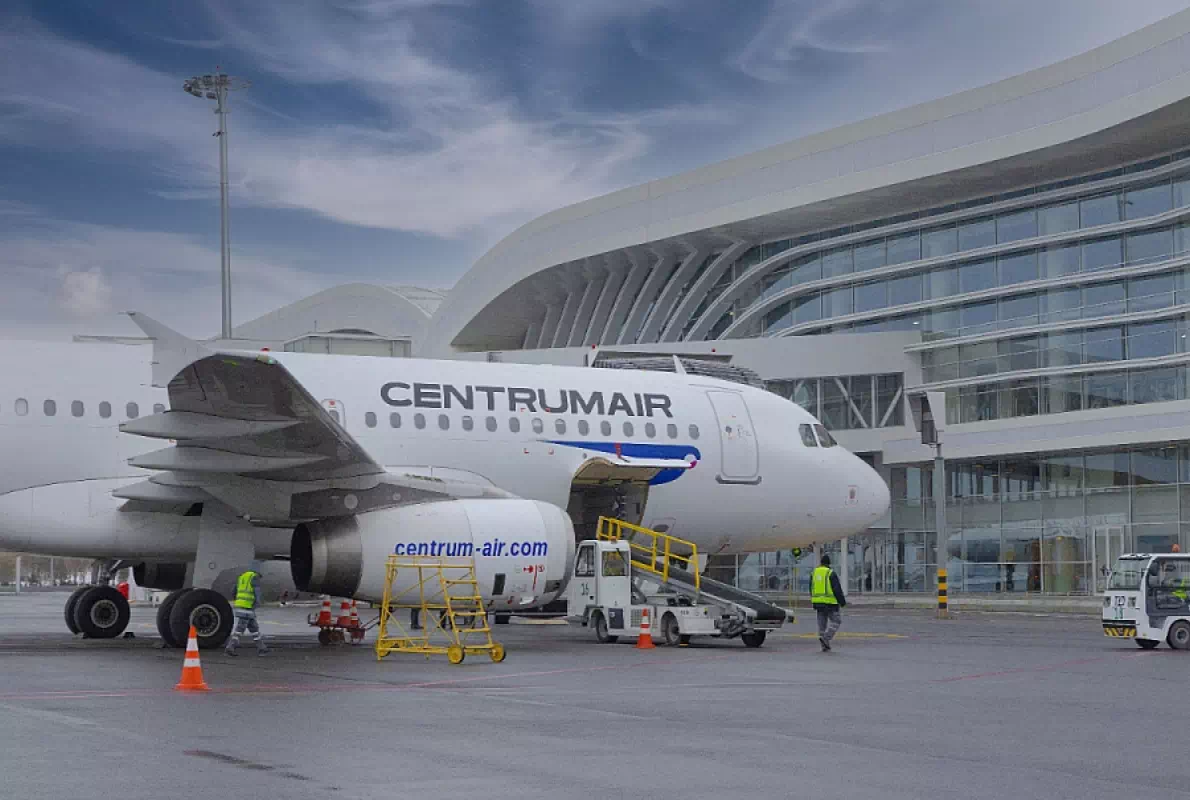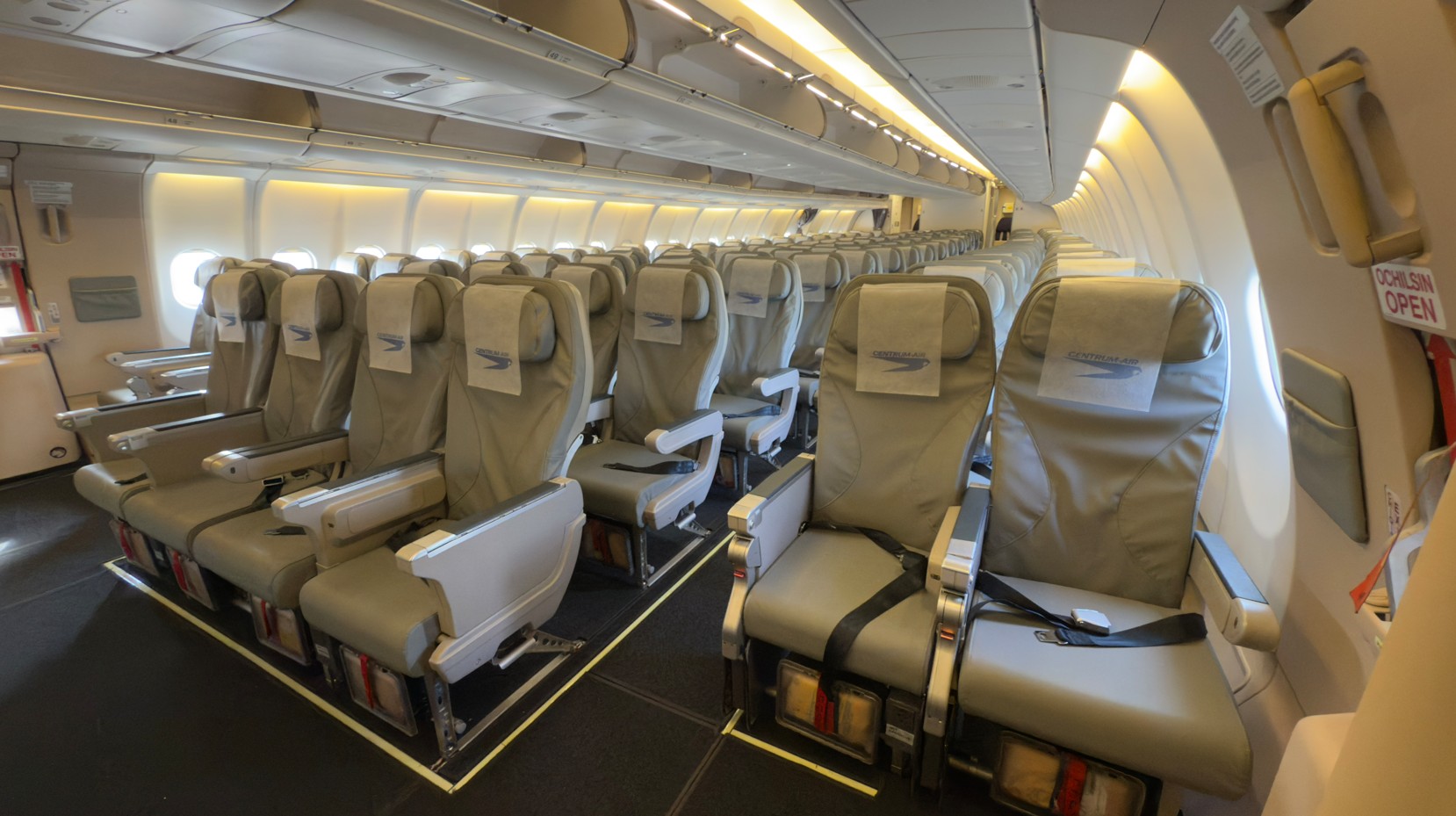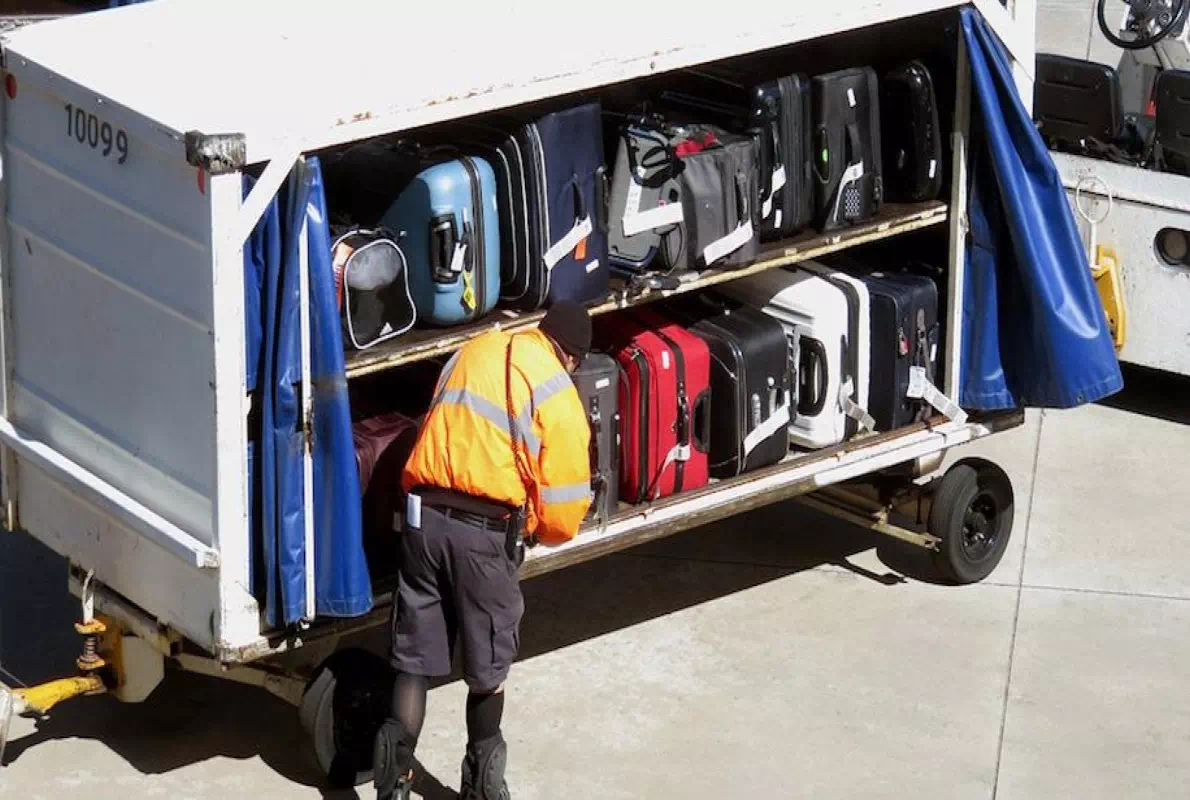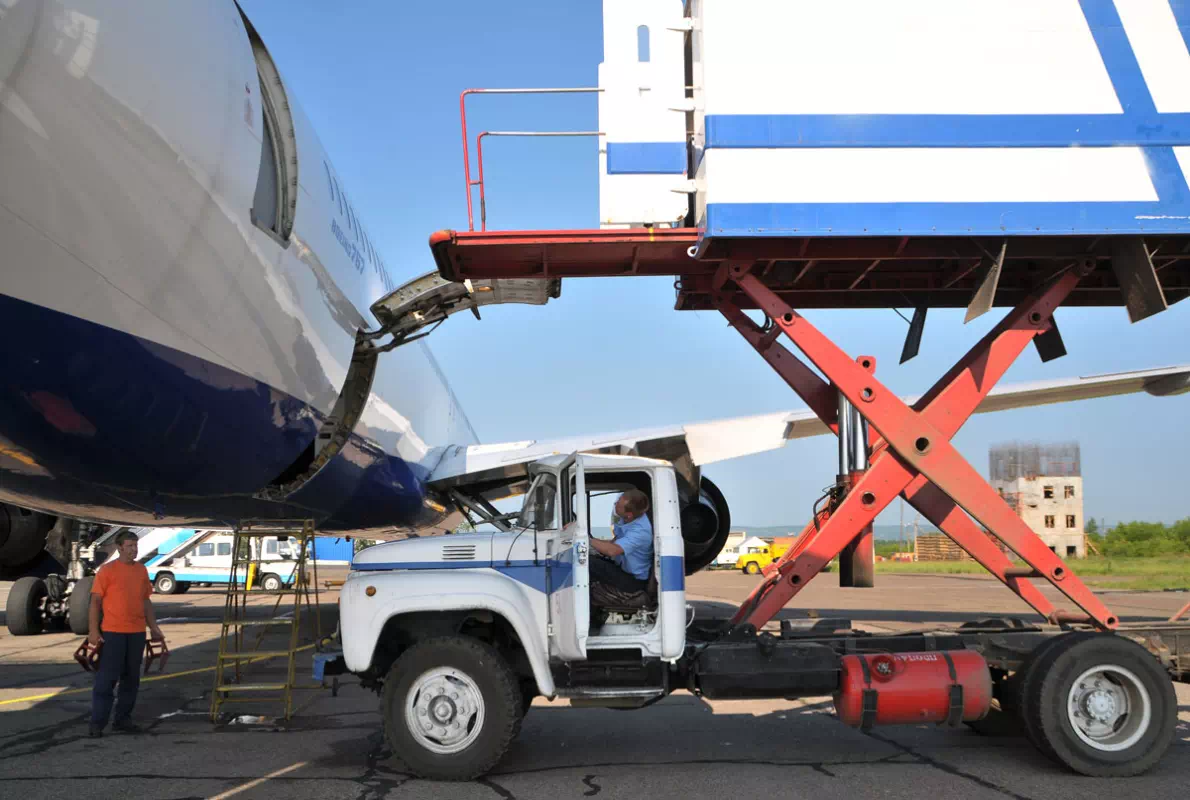
Aviation • 20 August, 2025
What happens to the airplane, while you are waiting to land
The mundane wait at the airport hides a complex and well-oiled system in which every minute is scheduled. While passengers languish in the waiting area, the arriving airplane immediately begins to prepare for the next flight.
Few people think about how many people are working around one airplane at the same time - there can be up to fifty people. And each person performs strictly defined operations within strict time limits.
Centrum Air shares how this process actually works - from boarding to a new flight.
Disembarkation and preparation for ground handling
When the plane arrives at the gate, the turnaround begins - a set of operations to prepare the aircraft for the next flight. The first thing to be done is to drive up the teletrap or passenger gangway to the board. In parallel, landing gear stops - special wedges preventing accidental movement of the aircraft - are installed.
Passengers disembark according to a strict scheme. First, people with limited mobility and families with infants are disembarked, then the rest of the passengers. At this stage, ground agents check the crew's documents and hand over the passenger manifest - a document with full information about the composition of the flight:
number of passengers by category;
data on baggage and cargo;
special notes on passengers requiring additional attention;
fuel information and technical condition of the board.
The Turnaround Manager coordinates all operations from the moment the aircraft is parked.

Maintenance between flights After passengers disembark, technicians begin transit inspection. This procedure includes a visual inspection of the fuselage, wings, landing gear and engines. Engineers look for dents, cracks, leaks of technical fluids and wear of rubber elements. Special attention is paid to static drains - holes in the lower part of the aircraft through which condensate drains. At the same time the aircraft is refueled. Refueling with passengers on board is prohibited, so fueling operations are performed between disembarkation and landing. The refueler is connected to the central refueling panel and pumps aviation fuel according to the flight engineer's calculations. Modern systems control not only the amount of fuel, but also its temperature and quality. In parallel, technicians check the operation of the auxiliary power unit (APU) - a small engine in the tail of the airplane, which provides electricity and compressed air to all systems on the ground. Without the APS, air conditioning, lighting and other equipment cannot operate. Preparing the cabin for new passengers While the technical services are busy with the "hardware", cleaning crews tidy up the passenger cabin. Armrests, folding tables, seat belt locks and luggage racks are treated with specially approved disinfectants. Carpeting is vacuumed and lavatories are fully disinfected to ensure freshness on every flight.
Cabin cleaning occurs on a regulated schedule. Routine cleaning involves the use of disinfectants as components of general aviation cleaners, but their use differs from disinfecting an aircraft after transporting a suspected case of infectious disease. A team of six people is able to completely prepare the cabin of a medium-sized airliner in twenty-five minutes.
At the same time, consumables are replenished:
toilet paper and towels in the sanitary compartments;
disposable dishes and napkins in the gallery;
safety instructions in the backs of the seats;
magazines and other printed materials.
Flight attendants check the operability of emergency equipment - life jackets under the seats, oxygen masks and emergency lights. Loading luggage and in-flight catering Loaders are engaged in parallel in luggage reloading. First, the suitcases of arriving passengers are removed from the cargo compartments, then the luggage of departing passengers is loaded. Loadmasters distribute the cargo evenly to maintain proper alignment of the aircraft, which is critical to the safety of the flight and everyone on board. ULD (Unit Load Device) containers are inspected for damage before loading and after unloading. Each container is secured to the cargo floor according to the ULD configuration for the specific aircraft type. Improperly secured cargo may cause the center of gravity to shift during flight. The catering service loads in-flight meals via special high elevator elevators. The carts accommodate: passenger meals; beverages and snacks; additional water supplies. Each cart is supplied with dry ice to maintain temperature control of perishables. Final checks and passenger boarding Ten minutes before boarding begins, the Turnaround Manager makes a final check of readiness of all services. The crew receives a technical logbook with notes on work performed and observations. The quality control service ensures compliance with the highest standards of safety, reliability and performance by monitoring the entire maintenance and preparation process. Ground agents make appropriate boarding announcements, perform final passenger checks and document verification, providing final passenger manifest and customs documentation to the crew. The pre-board system allows all passengers to be pre-registered in advance in the flight database.

Every turnaround depends heavily on passenger handling - disembarkation, check-in, screening and boarding procedures must be carried out in a timely manner to avoid delays. The entire turnaround process takes from thirty minutes for short-haul flights to two hours for long-haul flights. Every minute of delay costs the airline hundreds of dollars in lost profits. Therefore, the accuracy and coherence of ground operations become key factors in the successful operation of modern aviation.